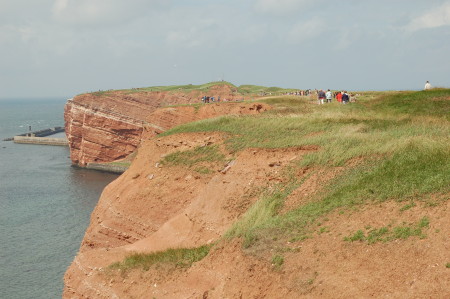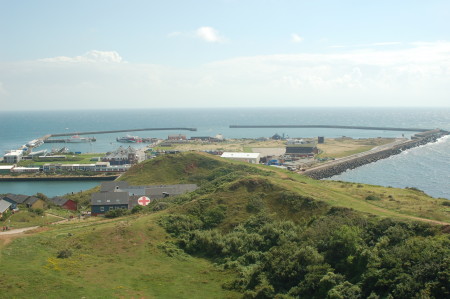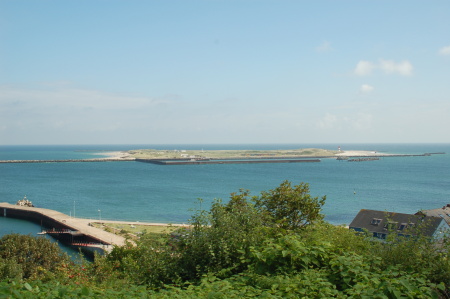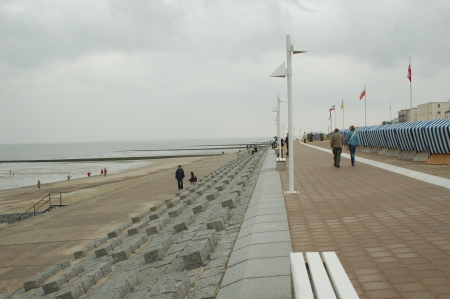I recently proposed a Blogger Seed network, and a number of people have stepped forward and offered seeds for this.
I wanted to take some time now in this post to talk about some of the reasons why such a network is so very important. It’s important gardeners should step forward and offer their seeds, but it’s just as important other gardeners should also step forward and grow these seeds.
If you’re a blogger, and can write about your experiences, so much the better, but it’s not necessary to have a blog to participate.
These seeds are for everyone!
Many gardeners, perhaps most often people new to gardening, are afraid to grow anything but seeds that come in a purchased packet.
Growing seeds that come from someone else’s garden are for people of all levels of experience. Beginning gardeners as well as experienced can grow wonderful things with self saved seeds. There is nothing that makes these seeds fundamentally inferior to commercial seeds, and there are often advantages. Any time you grow something it can go wrong, and growing garden or farm saved seeds is no exception. There is, however, no reason you should be afraid to grow non-commercial seeds, and there is not particularly any greater chance of failure or disappointment.
It’s possible to save seeds incorrectly but of the people so far who have offered seeds or other plant material listed on the post linked to above, I have a great deal of confidence that there are not many problems with their seeds. Over time, we will all have to help each other save seeds properly, and be prepared to address quality issues with one another. I’ll be making further posts on this topic.
The Past
There was a time saving seeds was a threat to seed companies, in particular before WWII. After all, if you are a gardener or farmer why would you pay for seeds you can get free from someone else or from your own plants? People were not just saving seeds, but also breeding plants in their own gardens for free, making it difficult for seed companies to justify paying someone to do the same thing. There was simply not much money in seeds, and running a profitable seed or plant research company was difficult to do.
The need for research was particularly acute during the war years, when the world was facing food shortages and research was needed to find ways to boost food production.
A number of mechanisms were put in place to deal with this problem, and were different depending on where in the world you lived. Some of the more universal principles included patents on plants, seeds and the genes they contain. Most places established licensing for seed companies. Commercial hybrid seeds were developed in part to make it difficult or impossible for these seeds to be saved and regrown. Since most countries subsidise their agriculture, rules were put on these subsidies that promoted purchased over saved seeds.
While the ideas behind all of this weren’t entirely bad, it’s truly amazing what this has all become in modern times. Now we have GMOs. We have seed companies like Monsanto who actively promote their crops, knowing their genes will contaminate crops of other farms, so they can then sue farmers who save and regrow these contaminated seeds! Included in these genes contaminating the environment are the so called ‘terminator’ genes, that can cause contaminated plants to stop reproducing. A very dangerous battle has developed over who has the right to grow the food in today’s world, and who owns it.
The Future
In most places outside of North America, Europe in particular, seed companies selling non-commercial seeds suitable for seed saving are operating outside of the law. That’s right, they’re selling illegal seeds! These seeds are not in any way unsafe, in fact many of the varieties are the same ones our ancestors ate. They are illegal because all those years ago laws were set up to protect seed companies and make their operations profitable.
This year in France, Kokopelli Seeds was fined €30,000 for selling illegal seeds, leaving them with an almost insurmountable debt for a small seed company. In the long run they will not be able to underwrite these kinds of fines and remain in business.
This year Real Seeds of the UK had to delay packaging their seeds because of a series of threats from local authorities, leaving them unsure if they were about to be shut down. Okay there’s no €30,000 fine as was the case with Kokopelli, and they weren’t shut down, but how can anyone expect a seed company to operate under those circumstances?
It’s likely every seed company of this nature operating in Europe is being harassed in this way, and it’s going mostly unnoticed because of their small size and because the harassment is difficult to quantify. It’s just not the stuff newspaper headlines are made of.
Just how fair is it anyway that companies like this have to operate largely out of the goodness of their own hearts, without any hope of ever seeing profits and sometimes having to pay fines out of pocket in order to stay in business? Weren’t these laws put in place all these years ago intended to protect and promote seed companies?
Different but related circumstances face small seed companies almost everywhere in the world.
It’s time for harassment of small seed companies to stop!
The Bloggers Seed Network
What was once a threat to seed companies, home and farm saved seeds, is quickly becoming the only hope for many small seed companies. The only way to protect these seed companies, and our right to grow the seeds they sell, is to do what many years ago was destroying them.
The only way these seed companies will be able to exist in our modern world is along side an alternative distribution network for seeds that is so big and well established, that it makes the what these companies sell unimportant and therefore no longer a target for governments and larger seed companies. This is why I am proposing a bloggers seed network.
We have to make self saved seeds a common household word.
This network has the greatest chance of success if it spans as many legal jurisdictions as possible, and does not depend on any one point of organization. It should interconnect with as many other seed sharing networks as possible that already exist, or emerge as the result of the hard work others put in. It will depend on participants working together to make use of legal loopholes, and getting around local rules from other jurisdictions. It requires us all to realize that while we have different goals in our own gardens, reaching out and working with others on common goals is important too. It means you have to take the time to search out other seed saving individuals and communities over the Internet, regardless of their size and location, and promote trade with them.
Local is important too. Beginning with your garden, together with friends and neighbors, and local seed swaps are all important. It’s the nature of home saved seeds that your chances of success are greatest with locally produced seeds. Whatever you do, don’t forget the importance of reaching out to other seed savers in other parts of the world.
Many of us who have been active on the Internet know similar global action has successfully taken on software giants like Microsoft, as well as the music and film industry. Democracy has taken on new meanings with globalization and the emergence of the Internet, and now we need to apply some of these principles to the food we eat.





